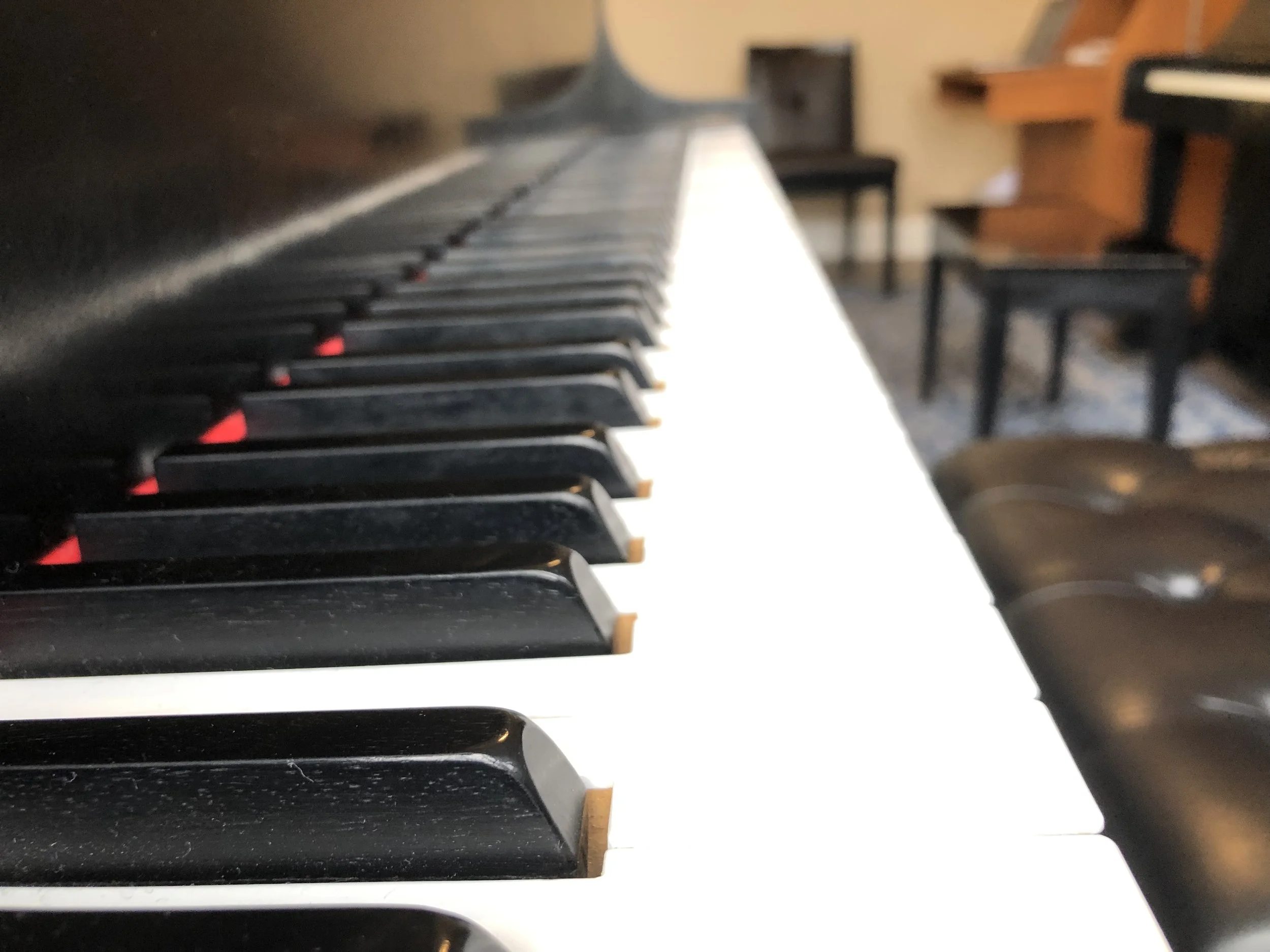An upcoming project of Copenhagen-based pianist Sandra Mogensen is to perform and record the piano works of 19th-century women composers. Starting with concerts in southern Ontario, the project will culminate in a recording session at the Immanuelskirche in Wuppertal this June. Composers represented include Valborg Aulin, Amy Beach, Mel Bonis, Cécile Chaminade, Helen Hopekirk, Luise Adolpha LeBeau, Inga Laerum-Liebig, Sophie Menter, and Laura Netzel.
Sandra on how the project took shape and where its next steps will lead:
Although it was only a few weeks ago, I barely remember how the idea came to me to do a recording of piano music by women of the 19th century. It has been full-on researching and practising ever since though, and I am smitten by each and every composer that comprises this program! The time has come for this music to be heard far and wide, and I aim to do my part to shine some light on these undeservedly overlooked gorgeous gems. That’s where the project’s title comes from: “en pleine lumière” (in full light).
This idea to do a recording has actually been steadily (daily!) evolving, such that the scope of the project will turn into more of a life’s mission. The focus on solo piano repertoire will expand into song repertoire and chamber music involving the piano, beginning with the 19th century and progressing through to present day. My vision is that through recordings, live performances, video projects and podcasts, I can help to bring these deserving artists to a wider audience. But more about all of that later...for now it is time to focus on Phase One, which is this “Volume One” recording and concerts featuring music composed by women born in the mid-1800s.
Sandra playing Luisa Adolpha LeBeau’s Prelude:







